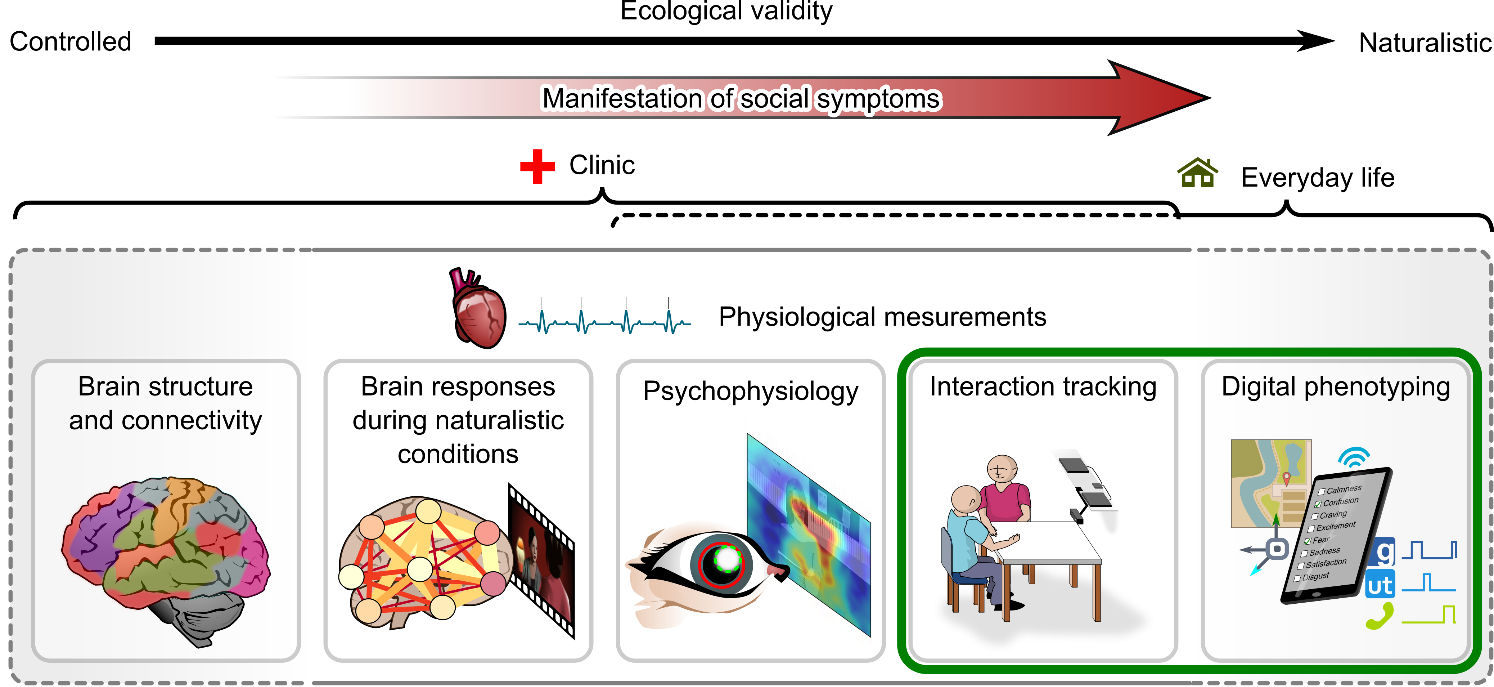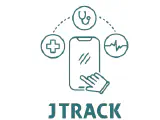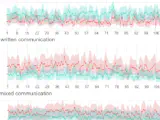Mobile health
Wireless and mobile technologies can be used to improve health-related research, care and health status. Mobile health (mhealth) makes it possible to collect ecologically valid data without direct medical contact in the patient’s familiar environment - more regularly and many times more than would be possible in conventional clinical examination settings. A connection between patient and doctor is made possible without both having to be in the same place. This data provides doctors with valuable information for the care of their patients.

But science can also benefit: Novel biomarkers can be developed from mhealth data to improve the diagnosis, prognosis and monitoring of disease progression. This is an important step towards developing successful treatment options for neuropsychiatric disorders.







